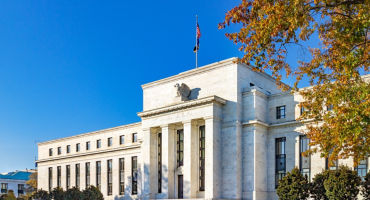The Federal Open Market Committee (FOMC) yesterday hiked the federal funds rate by 75 basis points (bps) to a range of 3% to 3.25%, the highest level since early 2008. In his post-meeting press conference, US Federal Reserve (Fed) Chair Jerome Powell repledged the FOMC’s resolve to bring inflation down toward its 2% target, even acknowledging the central bank’s willingness to tolerate tipping the US economy into a mild recession, if necessary, to achieve that goal.
From this perspective, I see the FOMC’s strategy as one of aggressively “leaning” into inflation, to the point that tighter financial conditions could begin to choke off growth and push the unemployment rate higher. Unfortunately, I also expect inflation to prove a bit stickier than many investors anticipate, meaning the Fed may have to “leave” the financial markets with little or no support over the course of 2023 — at least until inflation falls enough to allow the Fed to start “cleaning” up the broader economy via monetary policy easing at a later date.1
The Fed’s updated Summary of Economic Projections revealed a deteriorating growth versus inflation trade-off, with below-trend growth and a modest rise in the unemployment rate. Although Fed policy-rate projections showed a notable increase from June, the FOMC apparently does not expect a sharp growth pullback in 2023.




















